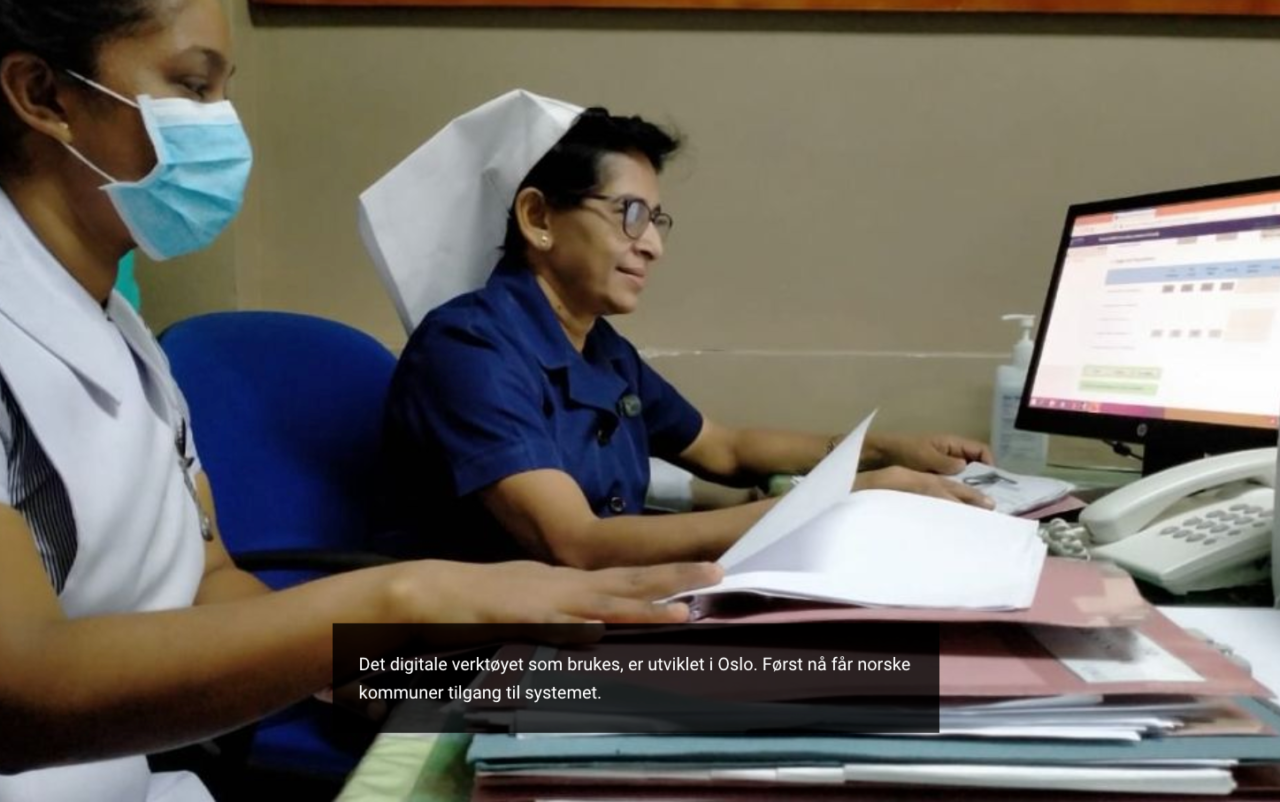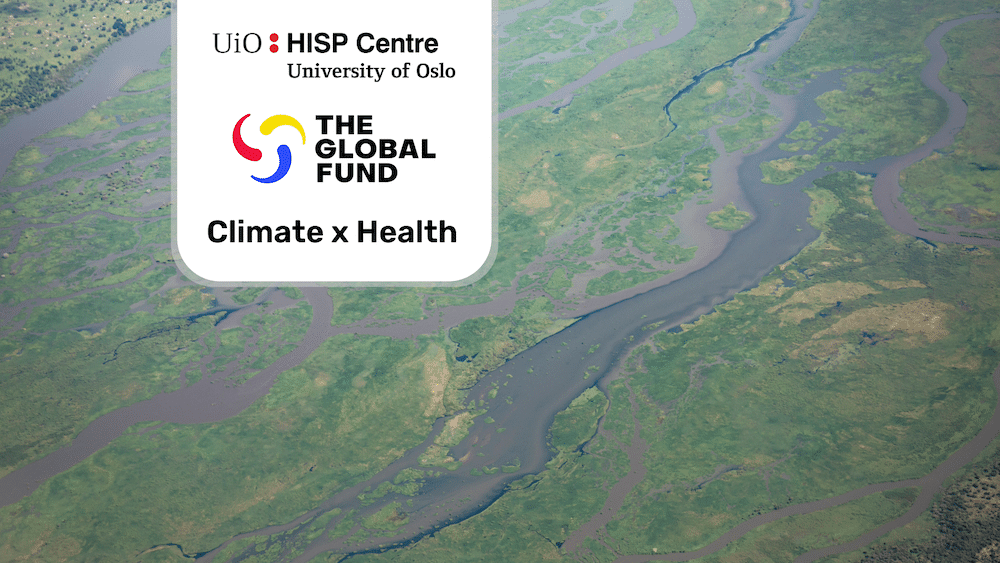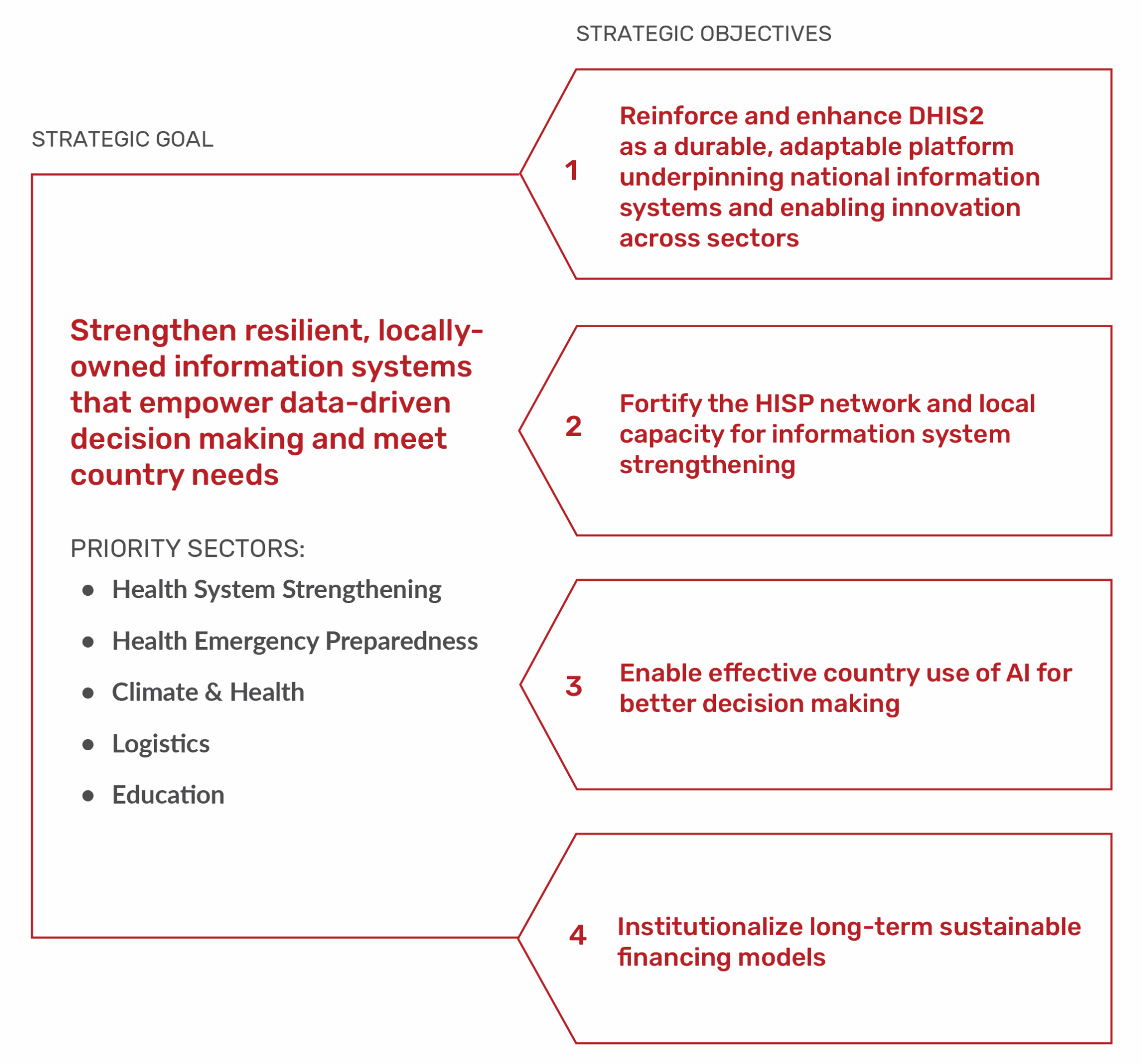
DHIS2 News: Norwegian virus hunters used pen and paper. In Uganda and Sri Lanka, the hunt for COVID-19 is much more effective
Summary of “Norske smittejegere brukte penn og papir. I Uganda og Sri Lanka foregår smittejakten langt mer effektivt” published by Aftenposten, 22 May 2020
Norway’s largest newspaper, Aftenposten, published an article comparing the success of countries such as Uganda and Sri Lanka in deploying digital tools (particularly DHIS2) in response to the coronavirus pandemic, while wealthier countries like Norway were left using more basic methods for disease surveillance and contact tracing.
The article was published shortly after the Norwegian nationwide organization for municipalities (KS) announced their release of a version of DHIS2 specially customized for use in Norway. This was a step forward for Norway, where even larger cities had resorted to methods such as Excel spreadsheets and pen and paper to track the spread of COVID-19, due to a lack of pre-existing data systems for disease surveillance.
As the article explains, DHIS2 is developed and maintained by the Health Information Systems Programme (HISP) at the University of Oslo, with financial support from The Norwegian Agency for Development Cooperation (Norad). This support has helped low- and middle-income countries around the world strengthen their health information systems. Now, thanks to the work of the global HISP network in response to the COVID-19 pandemic, the people of Norway could also benefit from DHIS2 by adopting it as a technological solution to contact tracing.
One Norwegian epidemiologist who was interviewed by Aftenposten for this article stated that: “This is a fantastic solution and a very important tool for us… Now we can create a database to track all people who are in isolation or quarantine in real-time. We have a dashboard that quickly gives us the statistics we need. When we track a virus outbreak, we can quickly see and visualize how it spreads. We did not have this before.”
In relation to how DHIS2 helped contact tracers work more effectively, the epidemiologist said: “We save time, we have a standardized workflow and can make work lists of necessary steps. Contact tracers can also see where the infected have been. We can quickly discover if a new virus cluster appears somewhere.”
Read the full article (in Norwegian) on Aftenposten’s website


